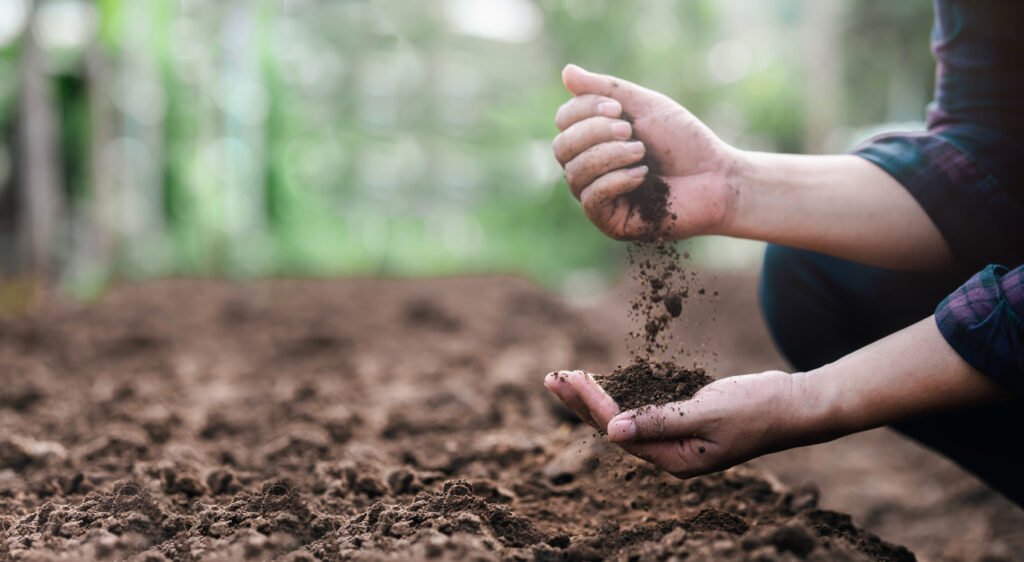Soil health is critical for sustainable agriculture and food security. Over time, intensive farming, chemical fertilizers, and deforestation degrade soil quality, depleting it of essential nutrients. Moringa, often known as the ‘miracle tree,’ not only provides powerful nutrition for humans but also plays a vital role in soil restoration. Its unique properties make it an effective solution for improving soil fertility, preventing erosion, and supporting regenerative agriculture.
How Moringa Improves Soil Health
1. Enhancing Soil Fertility
Moringa trees have deep roots that draw nutrients from deep layers of the earth and bring them to the surface. When moringa leaves and branches decompose, they enrich the topsoil with nitrogen, phosphorus, and potassium—three essential nutrients for plant growth. Farmers often use moringa leaves as a natural fertilizer or mulch to improve soil quality without relying on synthetic chemicals.
2. Nitrogen Fixation
Moringa helps replenish nitrogen levels in the soil, an essential element for plant growth. While it is not a leguminous plant (which typically fixes nitrogen through root nodules), its leaves contain high nitrogen content. When they decompose or are used as green manure, they naturally enrich the soil, reducing the need for artificial fertilizers.
3. Preventing Soil Erosion
Moringa’s strong root system helps bind soil, reducing erosion caused by wind and water. This is especially beneficial in areas with heavy rainfall, drylands, or places facing desertification. By planting moringa trees along field boundaries or slopes, farmers can protect their soil from being washed away.
4. Improving Water Retention
Healthy soil needs the ability to retain water for plant growth. Moringa’s leaf litter creates a natural mulch that retains moisture, preventing the soil from drying out too quickly. This makes it particularly useful in regions with erratic rainfall or drought conditions.
5. Restoring Degraded Land
Soil degradation caused by overgrazing, deforestation, and chemical-heavy farming leaves land barren. Moringa, being a fast-growing and resilient tree, can grow even in poor soil conditions. It helps regenerate degraded land by gradually improving its structure, increasing organic matter, and encouraging microbial activity that is essential for soil health.
Using Moringa in Sustainable Agriculture
- Green Manure: Farmers can plow young moringa leaves and branches into the soil to improve its organic content and nutrient levels.
- Compost Additive: Adding moringa leaves to compost increases its nutritional value, providing a more balanced organic fertilizer.
- Agroforestry: Moringa can be planted alongside other crops, creating a diversified farming system that enhances soil productivity while also providing shade and protection to other plants.
The Bigger Picture: Moringa and Climate Resilience
With climate change threatening food production, maintaining soil fertility is more important than ever. Moringa’s ability to improve soil health aligns with regenerative farming practices, which focus on restoring ecosystems while growing food. By reducing dependence on chemical fertilizers and promoting soil biodiversity, moringa supports a more sustainable approach to agriculture.
Moringa is more than just a superfood—it is a powerful ally in restoring soil health. Its ability to enhance fertility, prevent erosion, retain moisture, and regenerate degraded land makes it a key resource for farmers looking to practice sustainable agriculture. Widespread adoption of moringa cultivation can help India and the world combat soil degradation and move towards a more resilient food system.






